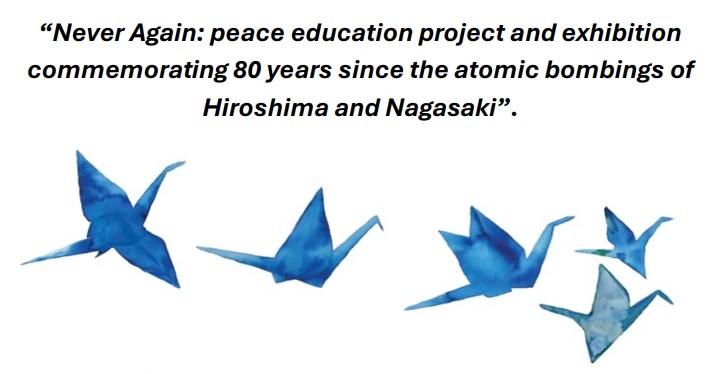The enormity of the natural disasters like Typhoon Hayain can leave us with lots of questions about how we respond in schools. Below are a few thoughts and resources:
- Red Cross Newsthink has a collection of activities to help students reflect, explore and share their own ideas about natural disasters in the wake of Typhoon Haiyan
- The Behind the News website has a brief video report from Pablo, their own 11 year old reporter in the Philipppines
- The One World Centre library has a Natural Disasters Kit available for loan – it contains a range of teaching activities for primary and secondary schools, enabling students to understand more about the causes and consequences of natural disasters, and how communities can best prepare and respond
- Visit the Global Education website for a series of lessons for upper primary classrooms about disaster preparedness, a recent case study about typhoons in the Philippines, or explore the Philippines country profile
- Should we give material things or money? Sometimes people want to give material things rather than money, especially when there is a high profile natural disaster. Even though giving of material items (such as donating tents, clothing, etc) to overseas aid projects is popular, it is not necessarily the most helpful or effective response in many cases. Giving material things can result in huge wastage, more work for overstretched aid agencies, and generally creates more problems than it solves. If you’re looking for more information on this topic, the donations hall of shame at the ‘Inside disaster’ website is one place to start.
- Who should we give money to? When thinking about which organisations to give money to in response to a natural disaster or other emergency, consider whether they have been previously active in the affected region? If so, they are likely to be more effective, and more able to be involved in long-term recovery. The ABC appeals website has a list of agencies taking donations to help with disaster response.

